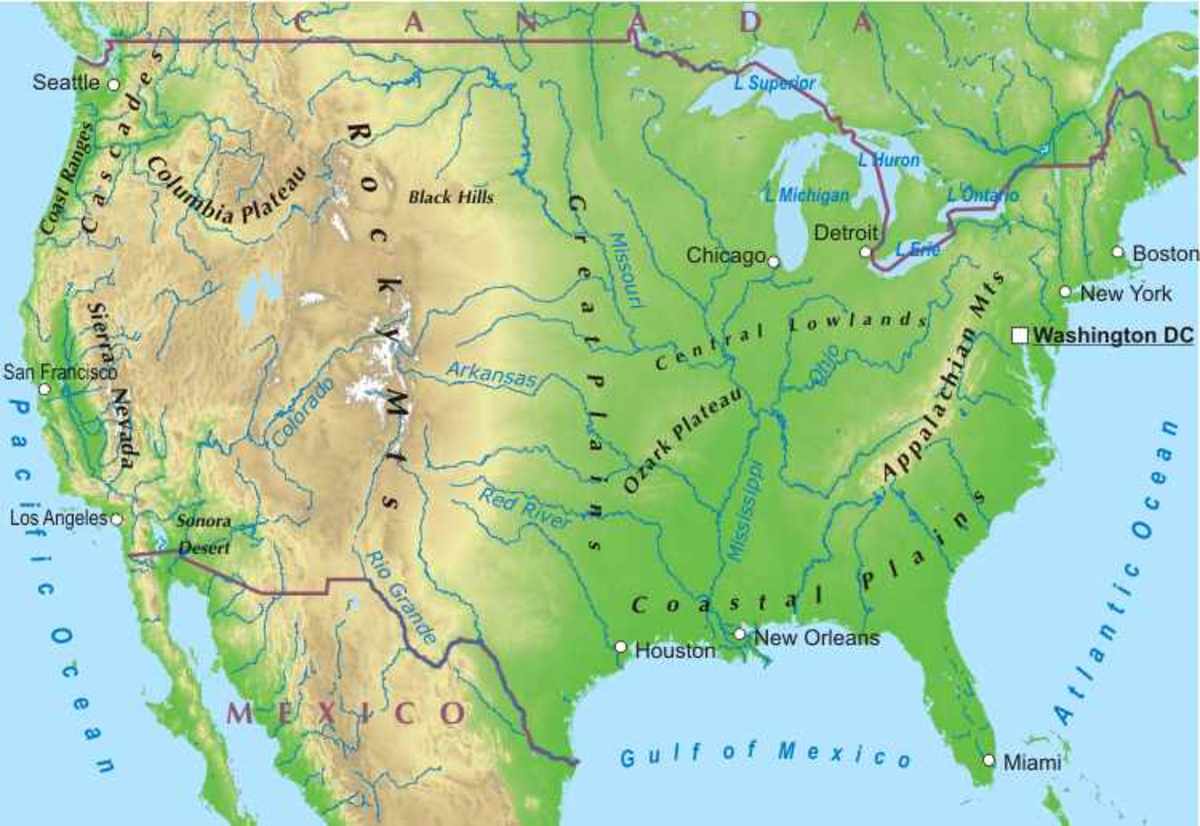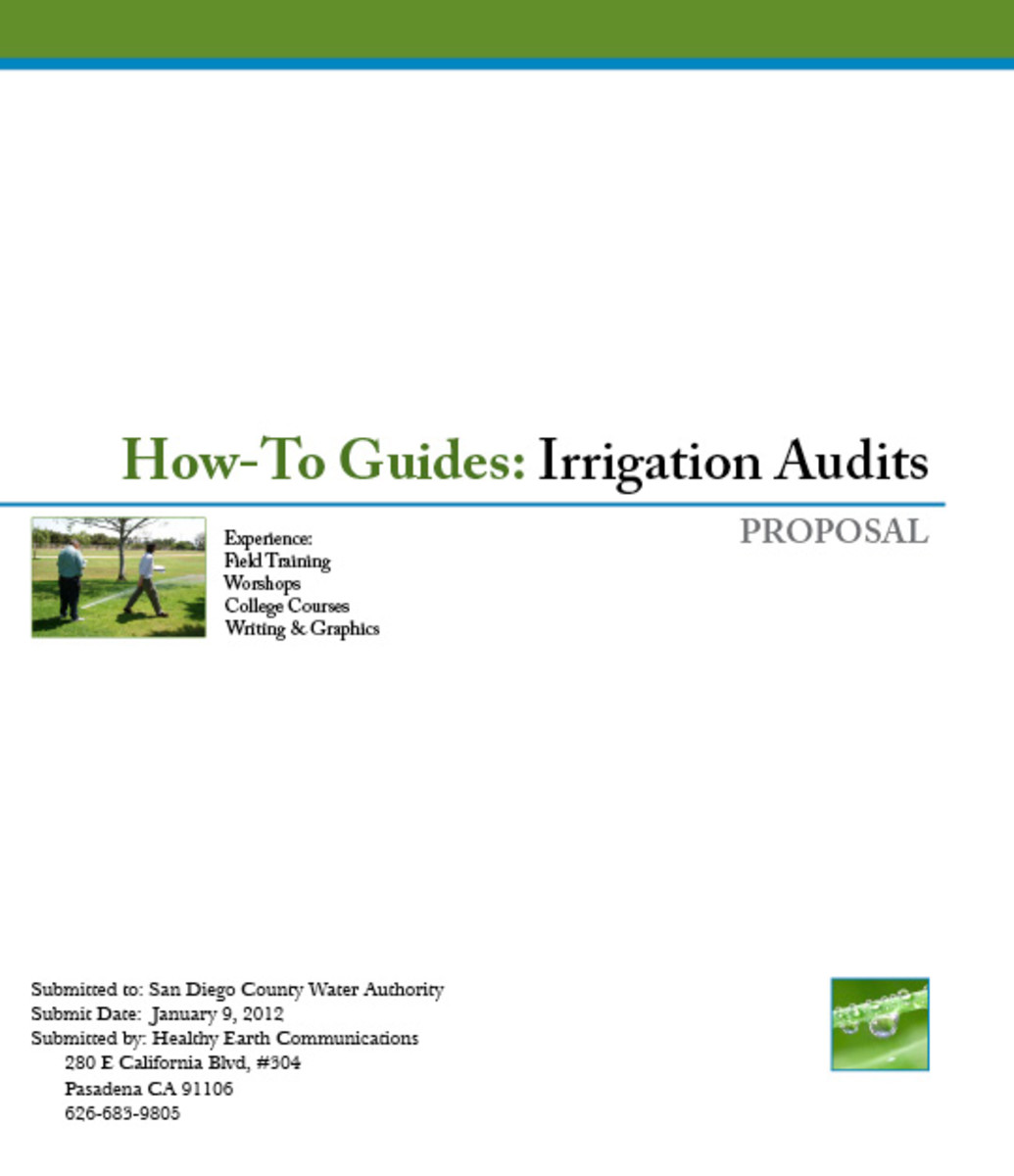Public and Private Partnerships-PPPs
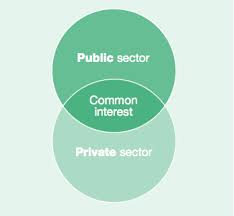
What are Public and Private Partnerships (PPPs)? PPPs are developed when a business correlation occurs between a private-sector company and a governmental agency (local, state, tribal or federal) in order to complete public projects. PPPs are used for projects such as toll roads, public transportation and even prisons. There are merits and inadequacies when considering whether or not to utilize a PPP.
For example, governmental agencies may be financially over-extended, yet have public projects they deem necessary. Keeping this in mind, there is an obvious budgetary benefit to public and private partnerships. One of these advantages is that monetary costs can be spread out over a long period of years. This makes immediate removal of funds from a public budget unnecessary. The contract is then paid over a long stretch of time either by utilizing tax dollars or fees that would be gathered from the users of the infrastructure service. Another positive point to contemplate is the fact that the “facilities” either always remains public property or becomes such when the contract is satisfied. Perhaps, more important is the fact that people are able to have services at a much quicker pace because of PPPs.
Moreover, PPPs financing cost and risk transfer allows the publics’ money to be less at a stake for risk because the private-sector, having funded a proposition shares in the hazard of failure, which would cause financial loss. Although the interest rate is higher when PPPs are used for a venture, private investors take the risk; however, if it was publicly financed the tax payers would shoulder the risk. This alone is a good enough reason to utilize PPPs. However, if that is not a good enough motive consider that construction risk is a constant problem when utilizing public-sector funding because of budgetary overruns; however, when a PPP is funding infrastructure the price is locked in by the contract. The construction companies and outfits that they sub-contract work to are all agreeing to do a set amount of work in a set amount of time based on a design. Basically, if the contractor’s design is flawed this could bust his or her budget, instead of the public’s budgetary plan.
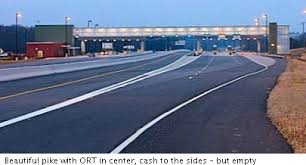
While public and private partnerships do have positive aspects, they are not without their flaws. An opponent of PPPs could easily argue that “private-sector finance for public-sector investment” is nothing more than a governing body spending beyond its means (Yescombe, E.R., 2007). The reasoning behind this argument is simple: the funds borrowed by the governing body do not appear on the public budget. Basically, this is like an individual taking out a loan that does not show up on his or her credit report, which could get one into financial hardships by allowing additional borrowing to take place.
Furthermore, there is controversy surrounding bids on PPP projects. Who gets the contract? At first glance one may insinuate that the lowest bid gets the contract, and to a certain extent this is true. But, it is a well-known fact that during planning and design the original price is changed as the Public Authority makes its’ changes to the project. So, there is inconsistency regarding the lowest bid actually getting the job. It could be argued that this is a loophole, which allows favorable actions on the part of public officials toward one bidder or another. This is unethical behavior.
Additionally, Private-sector funding is more expensive. The interest on this type of borrowing is two to three percent higher than public funding. It is a widely thought notion that the public sector is more capable at spreading out risk over a longer period of time more efficiently than the private sector can. Also, there is no free choice of whether or not to use public or private funding because of accounting limitations.
Your Opinion
Are Public and Private Partnerships worthwhile?
An Application to A Toll Road Project
An individual may ask themselves, what makes or breaks a public and private partnership? While this may be an easy question to answer theoretically, it has proven to be a difficult concept to position into a fruitful deed with regard to toll roads in the United States. Moreover, the lack of preparedness, planning and leadership seems obvious to the stakeholders of America’s repairable infrastructure system.
Successful toll road PPPs are dependent on proper road forecasting. For example, the Greenville Southern Connector was estimated to have about fifty percent more traffic than it actually does. When this particular toll road opened it was projected to have around 20-28 thousand vehicles a day traveling. This was a vehicle count projection for the end of 2001; however, in 2009 the numbers still did not meet what the forecaster presumed they would be eight years earlier in 2001. Instead in 2009, the numbers were closer to 16k. That is an enormous miscalculation. There should be no need for reading between the lines concerning this PPP. Toll Road News spells it out clearly, “The original traffic studies seem to have been fundamentally flawed.” If the asset, the Greenville Southern Connector, had been properly valued, the PPP that funded it may have been a successful venture.
Another problem with the Greenville Southern Connector was planning. Preparation seems to have been lacking somewhat because the Greenville Southern Connector is not a convenient alternative route. Most motorists want practicality. It makes no sense to use a road that makes an individual’s journey longer than it needs to be. But, just to give the plan the benefit of the doubt it must be revealed that much of the traffic hoped for were eighteen wheelers traveling to and from an industrial park, which was slow to prosper. In addition, if the contract between the Public Authority and the project company had been within a reasonable margin of error on all fronts such as the operation of the toll road, design and construction, perhaps the PPP in question may have had a chance.
Furthermore, it would appear that the “PFI Model for social infrastructure” was not utilized for the Greenville Southern Connector (Yescombe, 2007). However, it is clear that there was political will or these failing toll roads would not even exist. Had a proper private finance initiative (PFI) model been employed, it would have allowed for much more scrutiny of the toll road projects, and allotted a better chance at realization. Also, it is clear that the worth of these assets were overvalued. According to Reed, US Bank adjusted its’ appraisal and the bond holders were left holding the bag, to a tune of around 30cents on the dollar. One could argue that this goes beyond bad planning and reaches the depth of criminal behavior, which is also discussed by Toll Road News. Arguably, making an example of these unethical stakeholders of PPPs would enhance the opportunity of success for future PPPs.
Public and private partnerships’ chances at success depend on the expertise of finance, law, engineering, planning, and public policy just to name a few (Flentroy-Parker, 2011). These are elements that were obviously missing from the plan since conception just as the attention to detail was overlooked. After eight years the Greenville Southern Connector still had not reached its’ first years’ projection of vehicle usage.
Test Your Knowledge
view quiz statisticsDifferences in State to State Legislation
Legislation regarding PPPs intended for highway project pilots differ from state to state. There is more than one reason for this. First, pilots are good stepping stones for states that are not familiar with public and private partnerships. Next, a pilot or “demonstration” project could indicate a lack of political will or an official pledge to a project. Examples of these types of projects can be seen in “Alaska, Arizona, California, Indiana, Missouri, North Carolina, and Tennessee"(Key Elements of State PPP Enabling Legislation for Highway Projects, 2007).
In some states geographical constraints hold back PPPs when new projects are being considered. The following states have provisions regarding location: “…Alaska, California, Florida, Indiana, Mississippi, Missouri, North Carolina, Tennessee and Texas” (Key Elements of State PPP Enabling Legislation for Highway Projects, 2007). In Arizona and North Carolina, legislation calls for the government to perform maintenance equivalent to non-toll roads while establishing new toll roads. This is less than acceptable because out of 50 states only two require maintenance while constructing new tolls, which could be considered a public safety hazard.
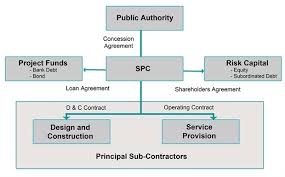
Confidentiality of PPP Proposals
The following states protect the identification of proposed PPPs before their execution:
- Delaware
- Georgia
- Indiana
- Louisiana
- Maryland
- Missouri
- Oregon
- Texas
- Virginia
- Washington
And, some states permit applicable public agencies to hire their own technical and legal consultants. Alaska, Colorado, Florida, Georgia, Indiana, Maryland, Mississippi, North Carolina, Oregon, Texas, Utah, Virginia and Washington are states, which allow public agencies to hire experts (Key Elements of State PPP Enabling Legislation for Highway Projects, 2007).
The Fruitless Bidder
Importantly, there is no state in America that allows the public segment to make payments to unsuccessful bidders for work produced while they are writing their proposals. Much like a free estimate that an individual may get from a contractor this is something the freelancer chooses to bid on to make a profit. Therefore, the public should not pay for estimates.
References
Elliott & Nossaman. (2005). Overview of Key Elements and Sample Provisions State PPP Enabling Legislation for Highway Projects.
Key Elements of State PPP Enabling Legislation for Highway Projects. (2007).
Reed, J., (2009). Public Private Partnerships: Another One Bites The Dust.
Toll Road News. (2009). Greenville Southern Connector headed for bankruptcy - default likely.
Yescombe, E.R. (2007). Public-private partnerships: Principles of policy and finance.
© 2015 Suzanl



